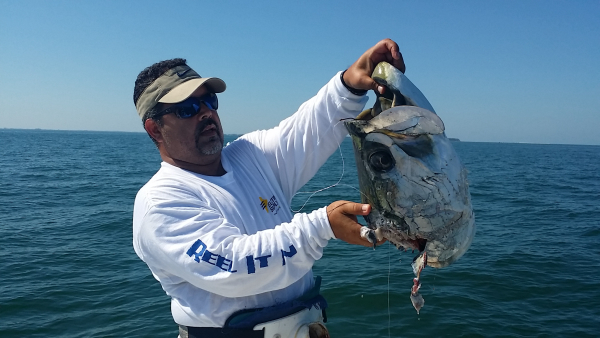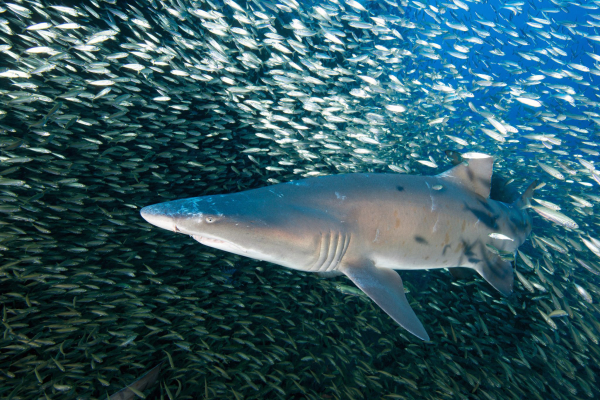
Sharks are every coastal angler’s favorite boogy man, but this year there’s some reason to feel a little hinky about shark populations.
There was an increase in the number of unprovoked shark attacks worldwide and an uptick in fatalities in 2023 compared to the previous year. The University of Florida’s International Shark Attack File (ISAF), a scientific database of global shark attacks, just released their annual report and confirmed 69 unprovoked bites in 2023.
This is higher than the most recent five-year average of 63 attacks, but ISAF says the data remain consistent with long-term trends.
Ten of the past year’s unprovoked attacks were fatal, twice the number of the year before, with a disproportionate number occurring in Australia. Although the country accounted for 22% of all attacks, it made up 40% of fatalities.

There were also two confirmed deaths in the U.S., and one each in the Bahamas, Egypt, Mexico and New Caledonia. Other confirmed, non-fatal bites occurred in Costa Rica, Colombia, Brazil, New Zealand, Seychelles, Turks and Caicos, Ecuador (in The Galápagos Islands) and South Africa.
Shark scientists naturally love sharks, and you occasionally get the feeling they are shark apologists, but not so much this year.
“This is within the range of the normal number of bites, though the fatalities are a bit unnerving this year,” said Gavin Naylor, director of the Florida Museum of Natural History’s shark research program.
The United States had 36 unprovoked attacks, accounting for 52% of incidents worldwide. Of these, two — one in California and another in Hawaii — were fatal. As in previous years, Florida had more shark bites than any other state, with 16 attacks.
Surfers experienced 42% of bites worldwide, with swimmers and waders a close second at 39%. The most common victim activity at the time of provoked attacks, it where there was an attraction to the sharks or where the victim approached the shark on purpose, was spearfishing.

The scientists say most bites appear to be exploratory—a single bite and done when the shark realizes he’s latched on to something he does not normally eat. Unfortunately, with a large shark, that’s all it takes to cause a fatality in some cases.
The researchers say that more people swimming, diving and surfing in more places is the primary driver of the increases.
One thing they conspicuously don’t say is that there are more sharks, and in many parts of the world commercial sharking has driven shark numbers down.
That’s not the case in U.S. waters, though, where just about everybody that’s spending a lot of time on the water say there are a LOT more sharks due to decades of protection. In fact, in the Gulf of Mexico, grouper and snapper anglers say they can hardly get a whole fish to the boat in many areas due to the high numbers of sharks.
And big sharks are now abundant enough along many major Florida swimming beaches that beach sharking has become a “thing”, with multiple internet stars tangling with monsters right off the sand. Kayakers who are going ever farther from shore are also coming home with stories to tell. A yakker in Hawaii last year had a tiger stick its whole head in his boat.
All of this said, if you don’t jump in the water wearing a shirt made of sardines, your odds of ever even having a shark make a pass at you are near zero. But near zero is not zero—and with more sharks than ever in U.S. waters, it makes sense to be more alert when you dive, swim, surf or wadefish.
Frank Sargeant
Frankmako1@gmail.com